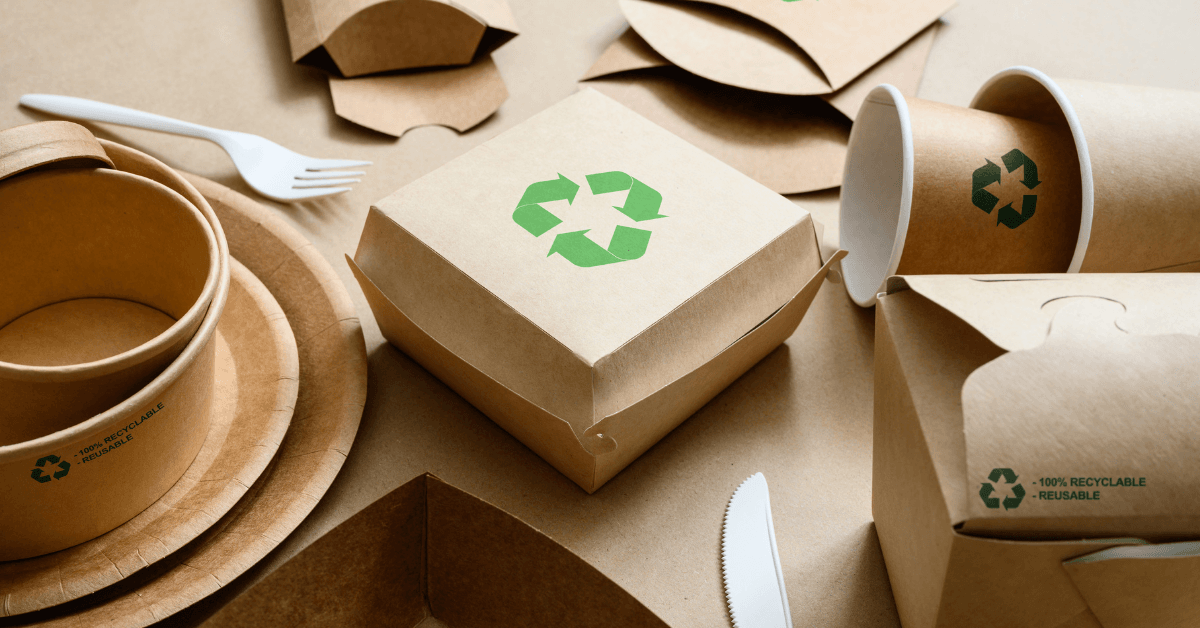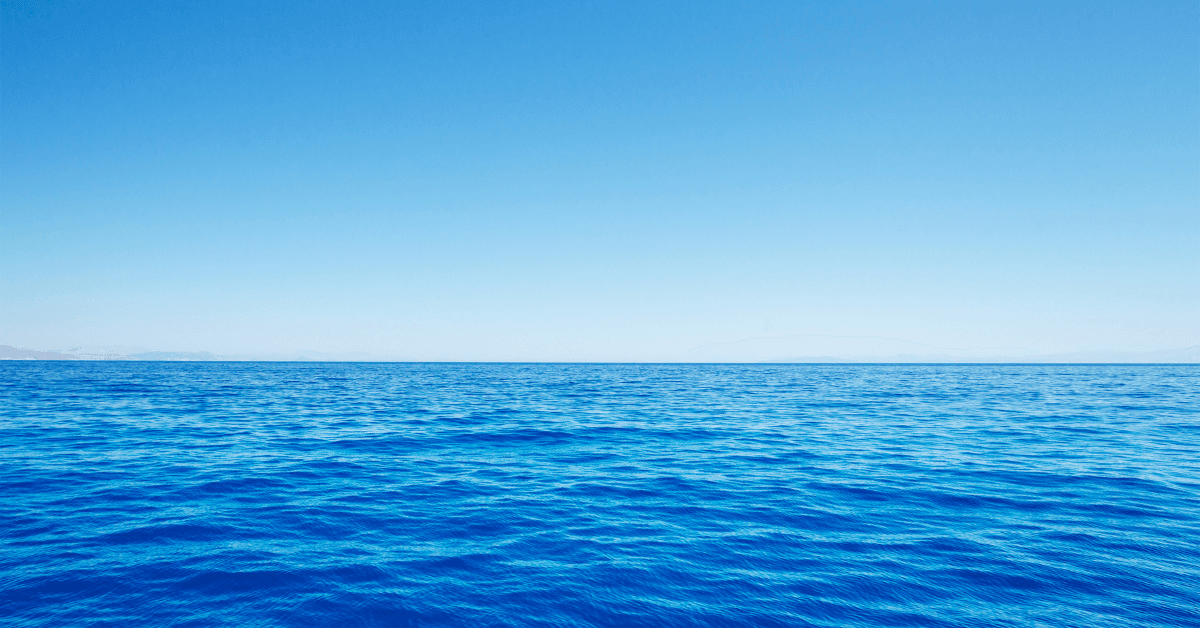Activism and Art Against Plastic Pollution: Inspiring Innovation for a Cleaner Future
Plastic waste endangers animals, clogs our oceans, and litters our landscapes. Art & Activism Against Plastic Pollution: Creative Sparks for a Cleaner Future-But in the midst of this crisis, a strong movement combines advocacy and innovation. Around the world, activists and artists work together to turn indifference into action and trash into wonder. This blog examines how grassroots initiatives spur change, art magnifies environmental messages, and group actions may reverse the trend toward plastic.
The Plastic Crisis: The Importance of Paying Attention
One truckload of plastic waste enters the ocean every minute. Plastic may surpass marine life by 2050. Our water, food, and even human blood are now contaminated with microplastics. Industrial waste, abandoned fishing gear, and single-use packaging fuel this catastrophe.
Toxic substances that seep into soil and water pose health dangers to communities all over the world. The animals that suffer the most are seagulls that hunger because their bellies are packed with bottle tops and sea turtles that confuse bags for jellyfish. Making the switch to sustainable alternatives is imperative, not optional.

Using Art as a Spark: Transforming Trash into Influential Stories-Art & Activism Against Plastic Pollution: Creative Sparks for a Cleaner Future
Artists use plastic garbage to produce eye-catching images that challenge viewers’ consumption patterns. “Trash” is redefined as a medium by sculptures, installations, and murals created from used bottles or packaging. Washed Ashore, for instance, is a charity organization that creates enormous marine animals out of beach trash for museums throughout the world.
Photographers like Chris Jordan take eerie pictures of albatross carcasses that are overflowing with garbage. These pieces bridge the gap between emotion and statistics by evoking strong emotions. Art simplifies complex problems and humanizes data.
How Community Engagement Is Driven by Public Art
Street art transforms urban areas into environmentally responsible canvases. Mundano, a Brazilian artist, uses microplastics and contaminated dirt to create paintings. His work engages villagers while highlighting efforts to clean up rivers. Likewise, “Before It’s Too Late” events encourage attendees to construct sculptures out of gathered trash.
Consumption becomes tangible through interactive exhibitions, such as filling a glass cube with everyday plastic garbage. After being shocked, participants frequently promise to lessen their environmental impact. Art encourages changes in behavior in addition to providing information.
Activism in Practice: Movements at the Local Level Creating Impact
Activism transforms anger into solutions, and art increases awareness. Organizations like Break Free From Plastic put pressure on businesses to use less packaging. Top polluters are named and shamed in their yearly audits, which promote responsibility.
The Influence of Advocacy for Policies
Proponents advocate for the prohibition of microbeads, Styrofoam, and single-use plastics. Kenya reduced trash by 80% after enacting stringent plastic bag regulations in 2017. Meanwhile, cutlery, straws, and plates are the focus of the EU’s SUP (single-use plastics) legislation.
Local campaigns are also important. Versova Beach volunteers in India cleared 13 million kg of rubbish. Their efforts restored turtle breeding areas. Persistent citizen action is the first step toward successful policy.
Creative Remedies: Going Beyond Demonstrations
Repair cafés, plastic-free packaging enterprises, and zero-waste retailers provide examples of workable solutions. Precycling, or selecting goods with little to no packing, is becoming more popular. To find hotspots and make polluters responsible, apps such as Litterati use crowdsourced pollution data.
When Activism and Art Collide: Increasing Impact Through Cooperation
Together, activists and artists create campaigns that leave a lasting impact. Greenpeace’s 10-foot bottle-made puppet, known as the “Plastic Monster,” traveled around Southeast Asia. Audiences fed the “Plastic Monster” plastic waste, symbolizing the greed of corporations.
Case Study: Creative Collaborations for the Ocean Cleanup
Boyan Slat’s concept blends creativity and technology. To transform seized river plastic into consumer goods, they collaborate with illustrators. An ocean waste-derived shampoo bottle serves as a focal point for circular economies.
The contribution of social media to viral environmentalism
Instagram users quickly share art. Benjamin Von Wong used 18,000 cups in his “Truckload of Plastic” piece, a visual representation of personal behavior. The post reached 100 million users after going viral. Personal commitments become worldwide trends thanks to hashtags like #PlasticFreeJuly.

How to Join the Battle: Doable Actions for Daily Transformation-Art & Activism Against Plastic Pollution: Creative Sparks for a Cleaner Future
Minimize Your Own Use of Plastic
Begin modestly. Carry cloth bags and use reusable flasks instead of bottled water. Select shampoo bars or bamboo toothbrushes. Monitor your trash on a monthly basis to identify trends.
Encourage art activity projects.
Donate to organizations like Parley for the Oceans or go to eco-art shows. Participate as a volunteer in beach cleanups that also serve as community art initiatives. Post powerful content to spread the word.
Demand Political and Corporate Accountability
Sign petitions calling for tougher regulations on plastics. When companies exaggerate their eco-friendliness, it’s known as “greenwashing.” Encourage companies to use refill systems or biodegradable materials.

The Path Ahead: Developing New Technologies for a Plastic-Free Future
This challenge requires more than just recycling. We need systemic changes, including better waste management, biodegradable substitutes, and corporate accountability. Innovations with potential include containers made from mushrooms and polymers made from algae.
Activism and the arts will continue to put pressure on politicians. Imagine communities where schools teach eco-art and murals promote zero-waste lifestyles. The issue becomes worse with each recycled sculpture or policy victory.
In conclusion, the antidote to despair is creativity.
Despite the overpowering sense of plastic waste, history demonstrates that innovation may lead to revolutions. Societies are shaped by art and activity, from suffragettes to climate strikes. By combining these forces, we can turn indifference into momentum and rubbish into wealth.
FAQ:
What is the movement against plastic pollution?
- To decrease plastic trash through prohibitions, cleanups, and education, the movement brings together activists, artists, and legislators. Art installations draw attention to the situation, while grassroots initiatives put pressure on businesses. International initiatives prioritize policy changes and circular economies.
How is plastic used in art?
- To highlight consumption patterns, artists turn plastic garbage into eye-catching sculptures, murals, and wearable art. They create provocative sculptures by repurposing fishing gear, bottles, and bags. These pieces encourage discussion and environmentally mindful behavior.
What actions are being taken to stop plastic pollution?
- Laws prohibit single-use plastics, and businesses switch to biodegradable packaging. Activists push for stronger legislation and organize cleanups. Technological advancements intercept ocean plastic. Globally, education initiatives promote recycling and conscientious consumerism.
How we can help stop plastic pollution?
- Support plastic-free products, participate in cleanups, and replace throwaway items with reusable ones. Encourage more stringent regulations and corporate responsibility. Encourage recycling in local areas. Collectively, every tiny action has a significant influence.



